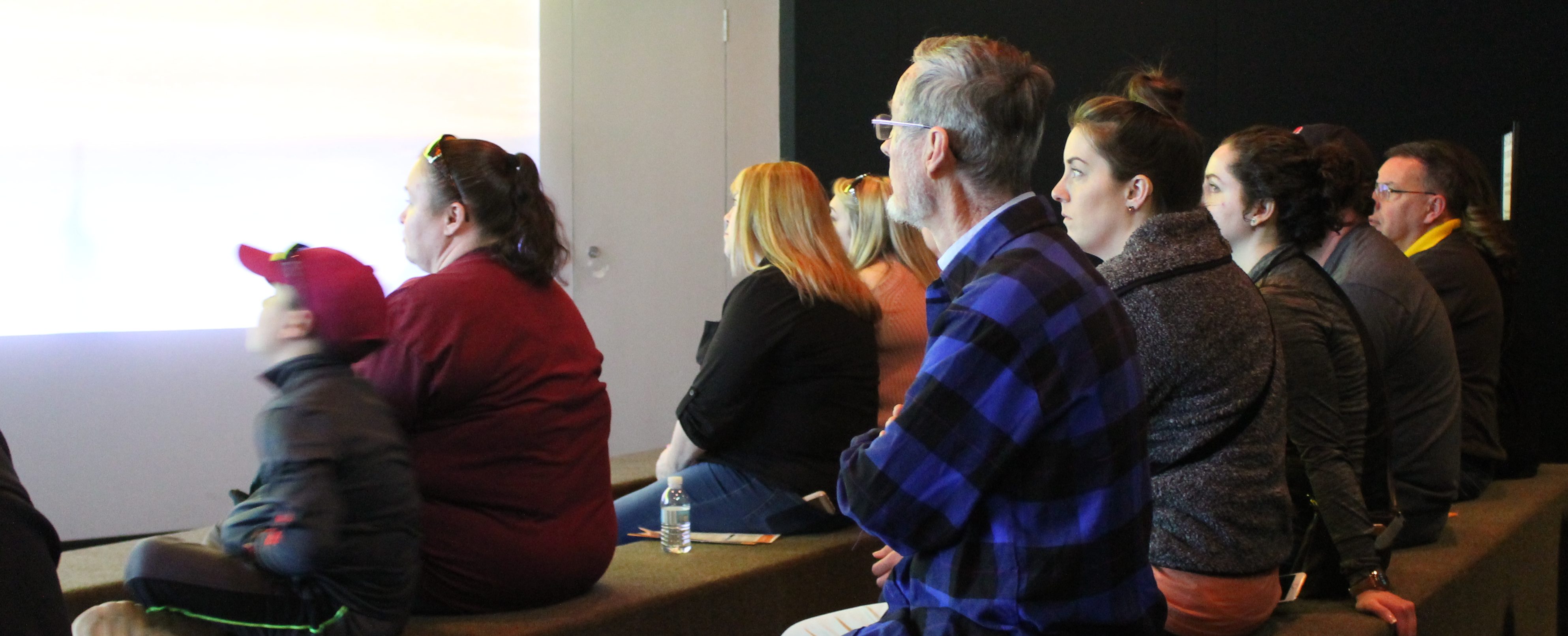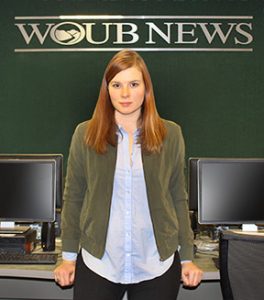Communiqué

Believe it or not
By: Lauren Ramoser
Posted on:
In the evolution of mankind, progress has been made through knowledge. Believing was good, but the big steps in history were made with science.
Once humans figured out how to use fire, or a couple centuries later when our ancestors used agriculture and became sedentary, quality of life improved immensely.
The big steps in developing our modern understanding of science were made in Bagdad, in today’s Iraq, starting in the 9th century after Christ. At that time, scholars from Islam, Christianity, Judaism and many more came together to work on scientific progress.

With the Age of enlightenment, philosophy followed the path of spreading knowledge and raising questions. Doing so, they were competing with religions. Before, God’s overall power wasn’t a matter of belief, but a matter of fact. It was the given order.
Where there is light, there is also darkness
Today we are used to scientific proof. We have measurements, scales, theories, and facts we can rely on to gain more knowledge every day. With the invention of the internet, people from all over the world have access to commonly shared knowledge and have the chance to work together like never before.
But, of course, there is criticism. And there should be, because if no one criticizes the current status, there won’t be any progress. Doubt raises questions and to answer these, there has to be more development, thinking, and proofing.
God bless America
And while many countries have separated their government from one religion, Christianity has a high value in the U.S.
While science is a matter of fact, religion is a matter of believing. There might be strong believe, but people can never be sure. There is no proof until the current day.
Recently, science and belief began to be mixed up. A big part of this is Donald Trump’s terms ‘Fake News’ and ‘Alternative Facts’, which the Trump government uses to spread doubt against media outlets and critics. Doubt is a strong instrument to weaken facts.
All of a sudden, facts became a matter of belief. This was shown in the public discussion, when creationists wanted their perspective to be part of science classes in schools. That led to a lot of insecurities on science and left many people thinking, they could sort of choose whether to believe in science or not.
Matter of perspective
The 1st amendment of the American Constitution secures the freedom of religion, which is important. But I think, this only applies to the personal belief and it might distract the overall tolerance towards other religions once it enters the public sphere of education.
So, when I visited the Creation Museum in Parkersburg, Kentucky, for the first time, I was amazed by the exhibition. The museum cost $27 million dollars to build and largely paid for with donations. I couldn’t believe people really believed in the history of our planet as the museum shows it.
According to Dr. Georgia Purdom, the museums PR-person, it is a matter of perspective, whether to believe in it or not. And she is right here. But that sets creationism, which is part of a religion on the same scientific level as science. And I don’t believe it.
During our interview, I experienced how hard it is to argue against someone who has the ultimate back-up argument: Well, God did this. So, whenever there was a question that simply couldn’t be answered, God jumped in, a higher being, and out of reach for human thinking.
What if God gave us the possibility to create something we call science?
Well, I don’t know that. But to me, it makes more sense to believe in human minds on how to explain our world, rather than believing in something we can’t proof at all.
But in the end, at least religion is a matter of belief.

